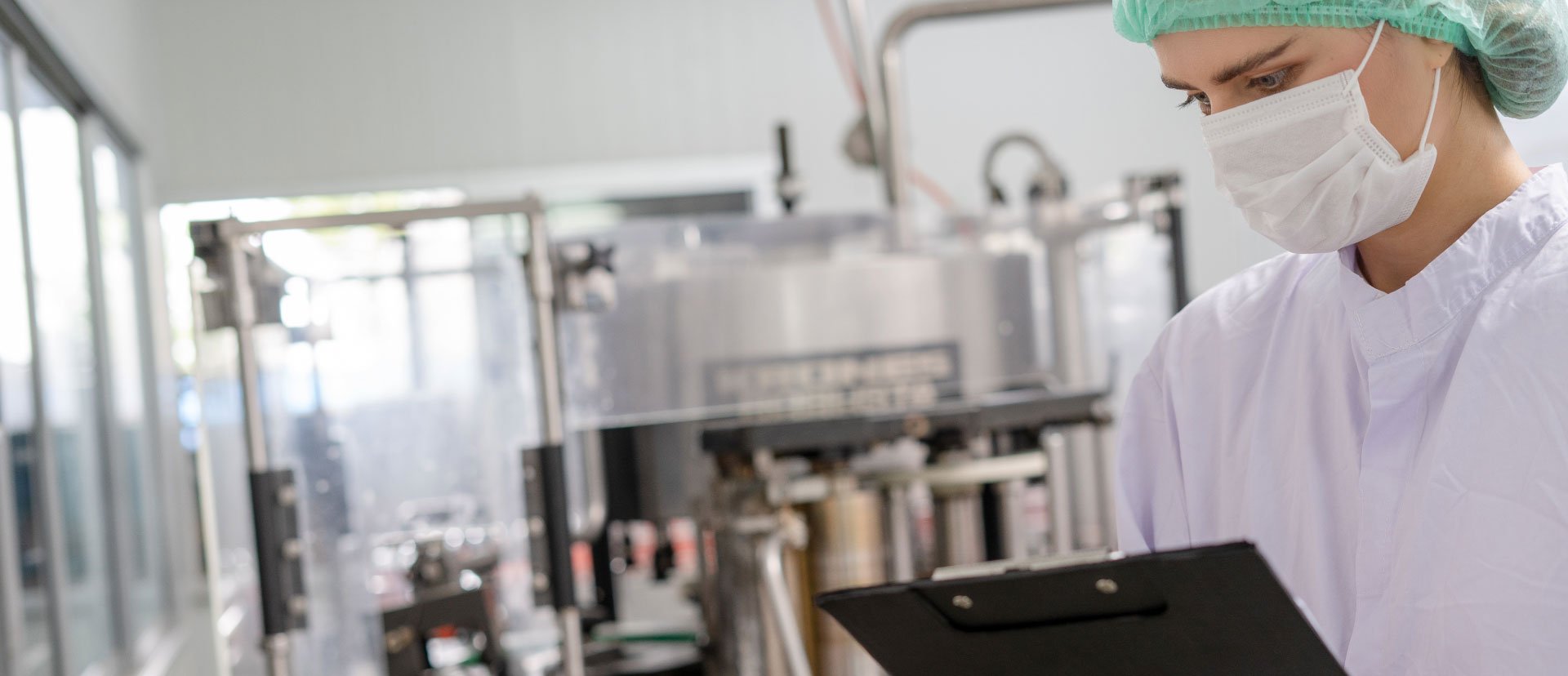Choosing the correct safety knife is a crucial decision that hinges on understanding the distinctions between retractable, fixed-blade, and breakaway knives. Each type serves specific purposes, and this comprehensive guide delves into the unique features and advantages of each. Retractable knives prove to be versatile choices for general or everyday use, allowing quick adjustments in sharpness and cutting depth. Fixed-blade knives, on the other hand, excel in heavy-duty cutting jobs with securely locked blades offering stability and versatility. Breakaway-blade knives, housed in brightly colored casings, feature segmented blades ideal for tasks constantly dulling blades. Explore additional specialized blades tailored for specific tasks, such as carpet cutting or crafting, and personalize your utility knife further with features like self-retraction, folding fixed-blades, efficient blade changes, hang holes, and string-cutting capabilities. This guide empowers you to make an informed decision, ensuring your safety knife aligns with the unique requirements of your work environment.
Retractable knives are a good choice for general or everyday use.
Fixed-blade knives are ideal for heavy-duty cutting jobs.
Breakaway-blade knives are usually housed in a brightly colored plastic casing and feature segmented blades that can be broken off in sections to provide a fresh, sharp edge whenever you need it.
There are a number of other specialized blades in addition to standard utility blades, which are designed for different tasks including carpet, hobby and craft, hook and linoleum knives.
Personalize your utility knife to your needs by choosing from features such as self-retraction, hang holes, and safety shields.

December 10, 2025
What is OSHA's Regional Emphasis Program (REP) for the food manufacturing industry? The OSHA Regional Em...

December 8, 2025
There is a fundamental connection between worker safety and food safety: A failure in worker safety can ...

December 1, 2025
Nelson-Jameson understands that efficiency and worker safety are equally important goals in food manufac...